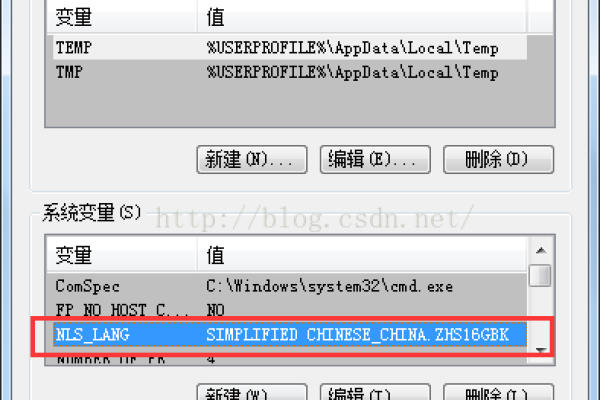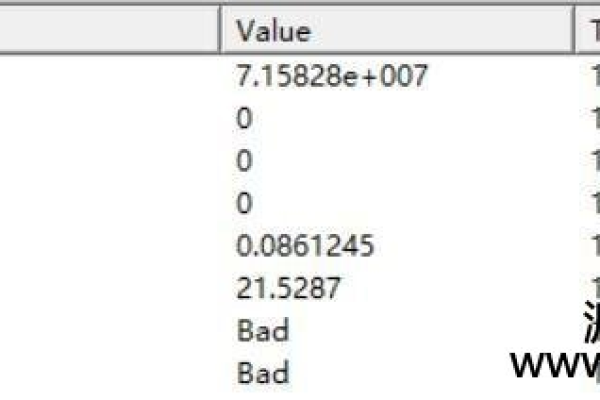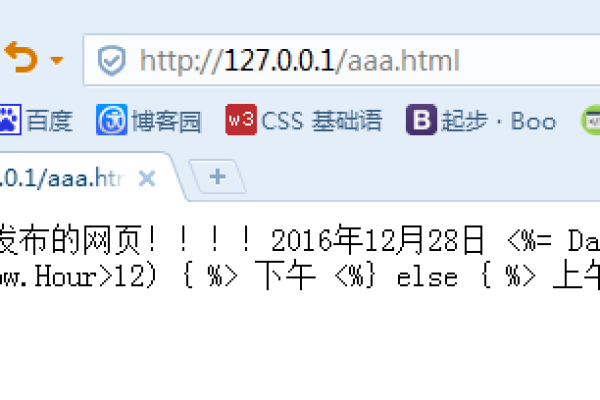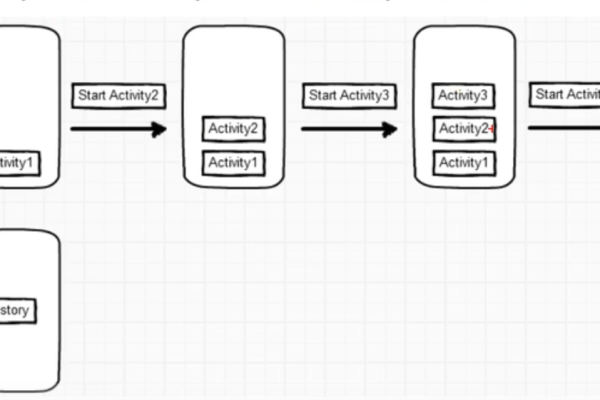c#服务器获取客户端的机器码
- 行业动态
- 2025-02-03
- 3
在C#服务器端获取客户端的机器码,可以通过多种方式实现,以下是几种常见的方法:
一、通过客户端主动发送机器码
1、使用WMI获取CPU序列号
原理:Windows Management Instrumentation(WMI)是Windows操作系统提供的一种管理工具,可用于查询系统的各种信息,包括硬件信息,通过WMI可以获取到CPU的序列号等唯一标识信息。
代码示例:
需要在客户端创建一个方法来获取CPU序列号,可以使用System.Management命名空间下的ManagementObjectSearcher和ManagementObject类来实现,以下是一个示例代码:
using System;
using System.Management;
public class ClientInfo
{
public string GetCpuSerialNumber()
{
string cpuId = "";
try
{
ManagementObjectSearcher mos = new ManagementObjectSearcher("Select * From Win32_Processor");
foreach (var item in mos.Get())
{
cpuId = (string)item["ProcessorId"];
break;
}
}
catch (Exception ex)
{
Console.WriteLine(ex.Message);
}
return cpuId;
}
} 在客户端与服务器建立连接后,将获取到的CPU序列号发送给服务器,如果使用TCP套接字进行通信,可以在客户端连接成功后,将CPU序列号作为消息发送给服务器。
2、使用硬盘序列号
原理:硬盘序列号也是计算机的一个唯一标识,可以通过查询系统的磁盘设备信息来获取硬盘序列号。

代码示例:
同样在客户端创建一个方法来获取硬盘序列号,可以使用System.Management命名空间下的ManagementObjectSearcher和ManagementObject类,示例代码如下:
public class ClientInfo
{
public string GetDiskSerialNumber()
{
string diskId = "";
try
{
ManagementObjectSearcher mos = new ManagementObjectSearcher("Select * From Win32_DiskDrive");
foreach (var item in mos.Get())
{
diskId = (string)item["SerialNumber"];
break;
}
}
catch (Exception ex)
{
Console.WriteLine(ex.Message);
}
return diskId;
}
} 然后在合适的时机,如客户端登录时,将硬盘序列号发送给服务器。
二、服务器端接收客户端发送的机器码并存储
1、使用数据库存储
步骤:当服务器接收到客户端发送的机器码后,可以将机器码存储到数据库中,首先需要创建一个数据库表来存储机器码和相关的客户端信息,例如客户端ID、机器码、注册时间等字段,在服务器端编写代码,将接收到的机器码插入到数据库表中。

代码示例:假设使用SQL Server数据库,以下是一个简单的示例代码,用于将机器码插入到数据库中:
using System;
using System.Data.SqlClient;
public class MachineCodeService
{
private string connectionString = "your_connection_string_here";
public void SaveMachineCode(string clientId, string machineCode)
{
using (SqlConnection conn = new SqlConnection(connectionString))
{
string sql = "INSERT INTO MachineCodes (ClientId, MachineCode, RegisterTime) VALUES (@ClientId, @MachineCode, @RegisterTime)";
using (SqlCommand cmd = new SqlCommand(sql, conn))
{
cmd.Parameters.AddWithValue("@ClientId", clientId);
cmd.Parameters.AddWithValue("@MachineCode", machineCode);
cmd.Parameters.AddWithValue("@RegisterTime", DateTime.Now);
conn.Open();
cmd.ExecuteNonQuery();
}
}
}
} 在上述代码中,需要将your_connection_string_here替换为实际的数据库连接字符串,当服务器接收到客户端发送的机器码后,可以调用SaveMachineCode方法将机器码保存到数据库中。
2、验证机器码的合法性
步骤:在客户端进行某些操作时,服务器需要验证客户端发送的机器码是否合法,可以在服务器端编写一个验证方法,根据客户端发送的机器码在数据库中进行查询,判断该机器码是否存在以及是否与当前客户端匹配。
代码示例:以下是一个简单的示例代码,用于验证机器码的合法性:

public class MachineCodeService
{
private string connectionString = "your_connection_string_here";
public bool ValidateMachineCode(string clientId, string machineCode)
{
using (SqlConnection conn = new SqlConnection(connectionString))
{
string sql = "SELECT COUNT(*) FROM MachineCodes WHERE ClientId = @ClientId AND MachineCode = @MachineCode";
using (SqlCommand cmd = new SqlCommand(sql, conn))
{
cmd.Parameters.AddWithValue("@ClientId", clientId);
cmd.Parameters.AddWithValue("@MachineCode", machineCode);
conn.Open();
int count = (int)cmd.ExecuteScalar();
return count > 0;
}
}
}
} 在上述代码中,如果查询结果的计数大于0,则表示机器码合法;否则,机器码不合法,在客户端进行操作时,服务器可以先调用ValidateMachineCode方法进行验证,如果验证通过,则允许客户端进行操作;否则,拒绝客户端的操作。
三、注意事项
1、安全性:在传输机器码的过程中,要确保数据的安全性,防止机器码被窃取或改动,可以使用加密技术对机器码进行加密后再传输,例如使用SSL/TLS协议对通信进行加密。
2、隐私保护:获取和使用机器码涉及到用户的隐私问题,在使用机器码之前,需要获得用户的明确同意,并告知用户机器码的用途和使用方式,要对机器码进行妥善的保护,防止泄露用户的隐私信息。
3、兼容性:不同的操作系统和硬件设备可能会有不同的方法来获取机器码,因此在编写客户端代码时,需要考虑兼容性问题,确保能够在不同的环境下正确获取机器码。
在C#服务器端获取客户端的机器码需要客户端和服务器端的协同工作,通过合理的设计和实现,可以确保机器码的安全获取和使用,同时也要注意保护用户的隐私和数据安全。








